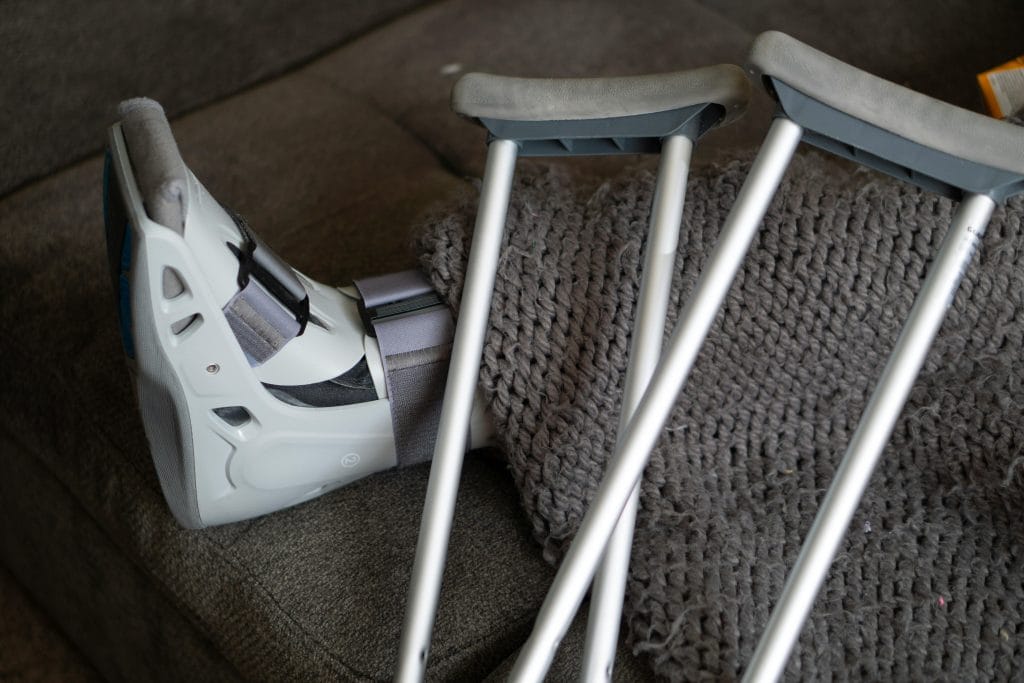Telehealth Physiotherapy
Telehealth physiotherapy based in Sydney offers a modern, convenient way to receive expert care through video calls and online consultations regardless of your location. Whether you are in Sydney, Australia, or overseas, this approach allows patients to access personalised treatment plans from home, making it ideal for those with mobility issues, living in remote areas, or managing busy schedules. Physiotherapists can assess, diagnose, prescribe exercises, educate, and provide follow-up care virtually. This ensures continuous, high-quality treatment. Telehealth physiotherapy enhances patient engagement, improves accessibility, and delivers effective rehabilitation with flexibility and ease.
Is Telehealth Right for You?
Physiotherapy has long been a cornerstone of injury rehabilitation, offering tailored exercises, manual therapy, and guidance to help patients recover and regain functionality. In recent years, telehealth has expanded the reach of physiotherapy, making it possible to treat nearly all injuries remotely. Here’s a look at how telehealth physiotherapy is revolutionising injury treatment.
The Advantages of Telehealth Physiotherapy
- Accessibility: Telehealth physiotherapy breaks down geographical barriers, providing access to skilled physiotherapists regardless of location. This is particularly beneficial for patients in remote or underserved areas.
- Convenience: Patients can attend sessions from the comfort of their homes, eliminating the need for travel and reducing the risk of missing appointments.
- Cost-Effective: Telehealth reduces costs associated with transportation, accommodation, and time off work, making physiotherapy more affordable. The session costs are also cheaper than face-to-face consultations.
- Personalised Care: Physiotherapists can design individualised treatment plans based on patients’ progress and feedback, ensuring optimal outcomes.
- Flexibility: With telehealth, patients can schedule sessions at times that suit their busy lives, promoting better adherence to treatment plans.
Treating Injuries Through Telehealth Physiotherapy
Musculoskeletal Injuries
- Sprains and Strains: For injuries like sprains and strains, telehealth physiotherapists can assess the severity through video consultations. They guide patients on managing initial swelling and pain. Patients receive tailored exercise routines to restore strength and flexibility. Telehealth sessions also allow physiotherapists to monitor progress and make necessary adjustments to the treatment plan.
- Fractures: While fractures typically require initial in-person medical attention, telehealth physiotherapy plays a crucial role in the recovery phase. After the cast or splint is removed, physiotherapists provide exercises to regain mobility and strengthen the affected area. Regular virtual check-ins ensure patients are performing exercises correctly and progressing as expected.
Post-Surgical Rehabilitation
- Orthopedic Surgeries: After orthopedic surgeries, such as joint replacements or ligament repairs, patients need structured rehabilitation. Telehealth physiotherapy offers personalised exercise programs to enhance recovery. Physiotherapists can monitor patients’ progress through video sessions, ensuring that exercises are performed correctly and safely. This continuous support helps prevent complications and accelerates healing.
- Spinal Surgeries: Rehabilitation following spinal surgeries is essential for restoring mobility and function. Telehealth physiotherapists provide guided exercises to improve strength, flexibility, and posture. They also educate patients on pain management techniques and ergonomics to prevent future issues. Virtual sessions allow for close monitoring and adjustments to the treatment plan as needed.
Chronic Pain Management
- Arthritis: Telehealth physiotherapy is invaluable for managing arthritis-related pain and stiffness. Physiotherapists design individualised exercise routines to improve joint function and reduce discomfort. Regular virtual consultations help patients stay motivated and adhere to their treatment plans, leading to better long-term outcomes.
- Fibromyalgia: Patients with fibromyalgia benefit from telehealth physiotherapy through personalised exercise programs that focus on low-impact activities. Physiotherapists provide guidance on pacing and managing fatigue. Virtual support ensures that patients receive continuous care and encouragement, helping them manage their symptoms effectively.
Sports Injuries
- Acute Injuries: Athletes recovering from acute injuries, such as ligament sprains or muscle tears, can receive telehealth physiotherapy to guide their rehabilitation. Physiotherapists provide tailored exercises to restore strength and flexibility while minimising the risk of re-injury. Virtual sessions enable real-time feedback and adjustments to the exercise program.
- Overuse Injuries: Conditions like tendinopathies or stress fractures, common among athletes, can be managed effectively through telehealth physiotherapy. Physiotherapists create customised treatment plans that include rest, modified activities, and specific exercises to address the underlying cause. Regular virtual check-ins help track progress and ensure optimal recovery.
Overcoming Challenges
While telehealth physiotherapy offers numerous advantages, it also presents some challenges. However, these can be mitigated with the right strategies:
- Technology Barriers: Ensuring patients have access to reliable internet connections and user-friendly platforms is essential for effective telehealth sessions.
- Hands-On Techniques: While manual therapy is a key component of physiotherapy, physiotherapists can instruct patients or their caregivers on self-massage techniques and use of assistive devices. Hands on therapy is utilised for reducing symptoms of pain and stiffness in physiotherapy but are not used to directly treat the injury.
- Patient Engagement: Keeping patients motivated and engaged in their treatment plans is crucial. Regular check-ins, goal-setting, and progress tracking can enhance adherence.



